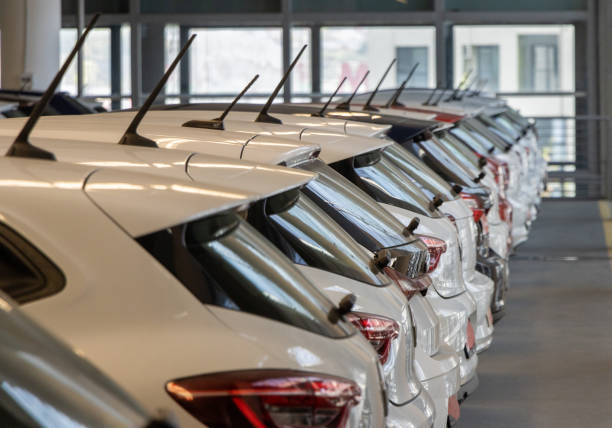A calibração adequada dos pneus é vital para a segurança dos veículos, representando um aspecto crucial da manutenção automotiva. Ao manter a pressão correta nos pneus, não só se melhora a aderência ao solo, como também se diminui consideravelmente o risco de acidentes, especialmente em condições climáticas adversas.
How does fuel work?
Under-inflating a tire makes it harder for the tire to roll, which wastes more gas and causes the car to use more gas.
tire life
Correct tire pressure will ensure even tread wear. This will make your tires last longer and save you money in the long run.
How to calculate tire pressure
PSI (pounds per square inch) is used to measure tire pressure. The recommended pressure can be found in your car’s manual or on a sticker inside the driver’s door opening. Tire pressure is affected by factors such as weather and load.
Tips on how to check tire pressure
Get a tire pressure gauge and remove the valve cap. Then, press the pressure gauge onto the valve stem. When the tires are cold, check the pressure. As tires heat up, pressure increases. Check the recorded pressure against the recommended PSI.
When to check tire pressure
As part of regular car maintenance, check your tire pressure frequently. To make sure your tires are filled correctly, check them on long trips or when the weather changes significantly.
Common mistakes people make when looking only at tire pressure
Visual clues aren’t always a good way to tell if your tires have enough air. A pressure gauge is the best way to get an accurate reading.
Not maintaining your spare tire: You should also check your spare tire frequently and keep it at the correct pressure.
Not paying attention to the tire pressure monitoring system
TPMS is built into modern cars and lets the driver know when there is a significant change in tire pressure. Pay attention to what it says.
Why correcting for inflation is important
Tires Wear Evenly: Correctly filled tires wear smoothly, last longer, and work better.
How to handle and stability
Having the correct tire pressure can make your car easier to control and more stable, especially when cornering hard or stopping quickly.
Effects of insufficient tire air
Under-inflated tires are more likely to blow out, use more gas, and make it harder to control the car.
lack of inflation
Overfilled tires will lose grip, wear unevenly, and make driving more difficult.
How to keep tire pressure at the correct level
Check your tires frequently for signs of damage and wear. Use reliable measures to inflate your tires to the recommended pressure. Keep an eye on tire wear and address any issues immediately.
In summary
A simple but important part of car maintenance is checking your tire pressure. If you know the importance of having the right amount of air in your tires and follow these tips, you can drive safer and more efficiently.
Frequently Asked Questions
How often should I check my tire pressure?
You should check your tire pressure at least once a month and before a big trip.
Can I trust a TPMS to monitor my tire pressure?
Although the TPMS will sound an alarm, it’s best to manually check your tire pressure just to be safe.
What should I do if my tires continue to be low on air?
Check the tires for holes or leaks and inflate them to the correct pressure.
Is it safe to drive with over-inflated tires?
Tires that are overfilled may lose grip and handling, so it’s best to vary the pressure as needed.
How do temperature changes affect tire pressure?
Tire pressure changes due to temperature changes, so it’s important to check it frequently, especially in bad weather.



